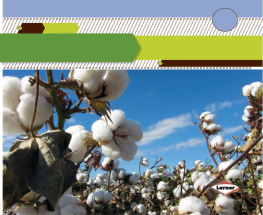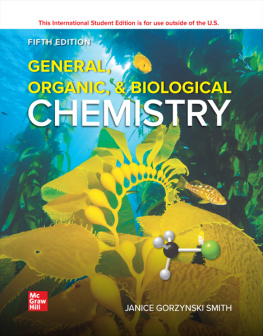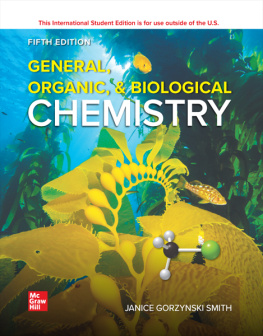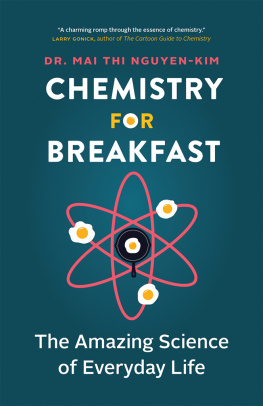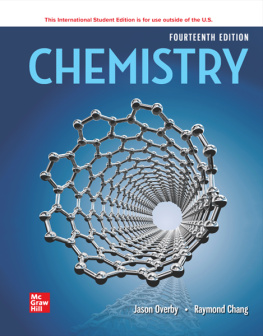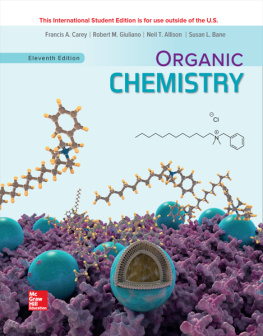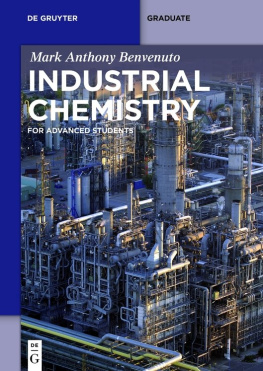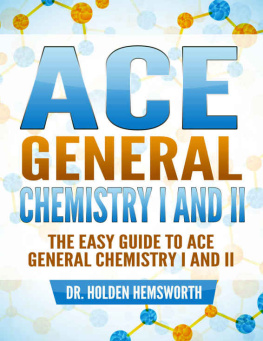Cotton - My Life in the Golden Age of Chemistry
Here you can read online Cotton - My Life in the Golden Age of Chemistry full text of the book (entire story) in english for free. Download pdf and epub, get meaning, cover and reviews about this ebook. year: 2014, publisher: Elsevier Science, genre: Religion. Description of the work, (preface) as well as reviews are available. Best literature library LitArk.com created for fans of good reading and offers a wide selection of genres:
Romance novel
Science fiction
Adventure
Detective
Science
History
Home and family
Prose
Art
Politics
Computer
Non-fiction
Religion
Business
Children
Humor
Choose a favorite category and find really read worthwhile books. Enjoy immersion in the world of imagination, feel the emotions of the characters or learn something new for yourself, make an fascinating discovery.

My Life in the Golden Age of Chemistry: summary, description and annotation
We offer to read an annotation, description, summary or preface (depends on what the author of the book "My Life in the Golden Age of Chemistry" wrote himself). If you haven't found the necessary information about the book — write in the comments, we will try to find it.
Cotton: author's other books
Who wrote My Life in the Golden Age of Chemistry? Find out the surname, the name of the author of the book and a list of all author's works by series.
My Life in the Golden Age of Chemistry — read online for free the complete book (whole text) full work
Below is the text of the book, divided by pages. System saving the place of the last page read, allows you to conveniently read the book "My Life in the Golden Age of Chemistry" online for free, without having to search again every time where you left off. Put a bookmark, and you can go to the page where you finished reading at any time.
Font size:
Interval:
Bookmark:
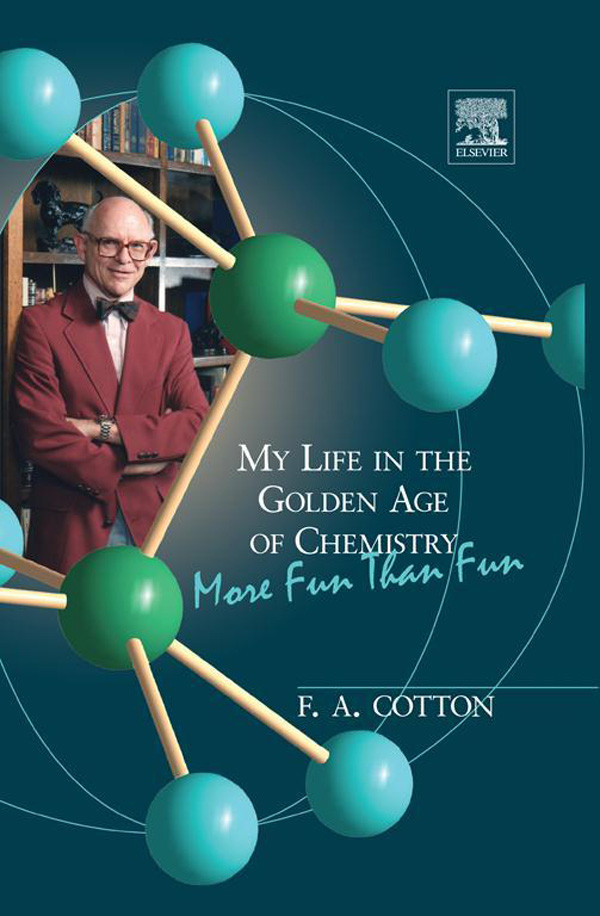
- Figures in Chapter 3
- Figures in Chapter 4
- Figures in Chapter 5
- Figures in Chapter 6
- Figures in Chapter 7
- Figures in Chapter 8
- Figures in Chapter 9
F.A. Cotton
Deceased


Elsevier
Radarweg 29, PO Box 211, 1000 AE Amsterdam, Netherlands
The Boulevard, Langford Lane, Kidlington, Oxford OX5 1GB, UK
225 Wyman Street, Waltham, MA 02451, USA
Copyright 2014 Jennifer Cotton. Published by Elsevier INC. All rights reserved.
No part of this publication may be reproduced or transmitted in any form or by any means, electronic or mechanical, including photocopying, recording, or any information storage and retrieval system, without permission in writing from the publisher. Details on how to seek permission, further information about the Publishers permissions policies and our arrangements with organizations such as the Copyright Clearance Center and the Copyright Licensing Agency, can be found at our website: www.elsevier.com/permissions.
This book and the individual contributions contained in it are protected under copyright by the Publisher (other than as may be noted herein).
Notices
Knowledge and best practice in this field are constantly changing. As new research and experience broaden our understanding, changes in research methods, professional practices, or medical treatment may become necessary.
Practitioners and researchers must always rely on their own experience and knowledge in evaluating and using any information, methods, compounds, or experiments described herein. In using such information or methods they should be mindful of their own safety and the safety of others, including parties for whom they have a professional responsibility.
To the fullest extent of the law, neither the Publisher nor the authors, contributors, or editors, assume any liability for any injury and/or damage to persons or property as a matter of products liability, negligence or otherwise, or from any use or operation of any methods, products, instructions, or ideas contained in the material herein.
ISBN: 978-0-12-801216-1
Library of Congress Cataloging-in-Publication Data
A catalog record for this book is available from the Library of Congress
British Library Cataloguing in Publication Data
A catalogue record for this book is available from the British Library
For information on all Elsevier publications visit our website at http://store.elsevier.com/.
This book has been manufactured using Print On Demand technology. Each copy is produced to order and is limited to black ink. The online version of this book will show color figures where appropriate.

Whoever has had the great fortune
To gain a true friend,
Whoever has won a devoted wife,
To the rejoicing let him add his voice.
Friedrich Schiller
For Dee
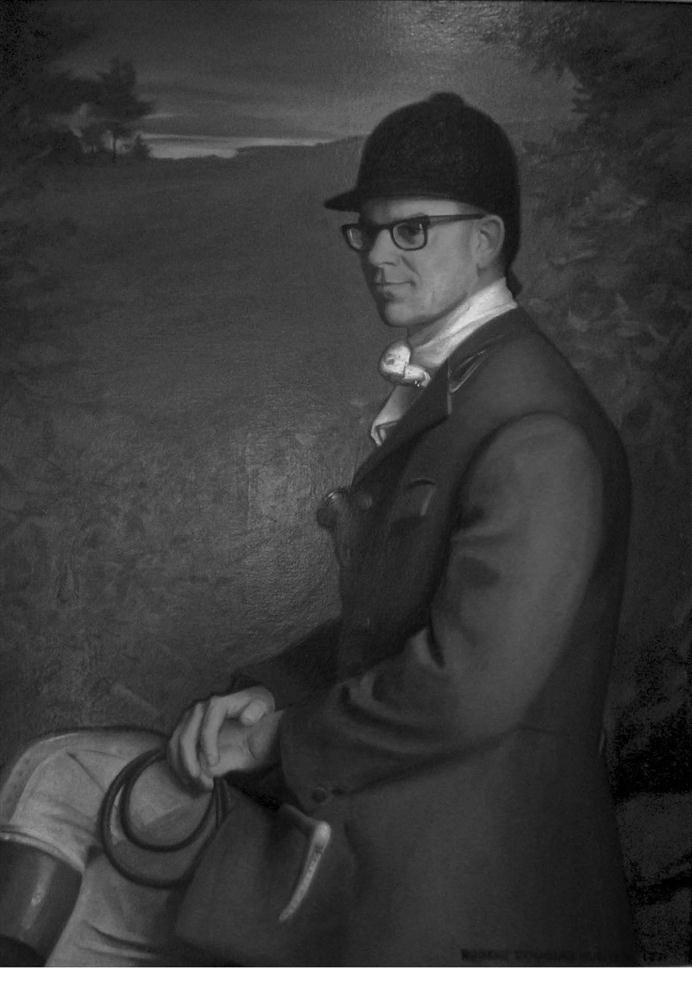
F. Albert Cotton M.F.H.
Robert Douglas Hunter
1971
Immediately after the War, the approach to the study of Inorganic Chemistry underwent a revolution. This in part arose from the wide range of instrumentation that became available. The advent of relatively rapid methods for the determination of infrared, visible and ultraviolet, and Raman spectra coupled with the availability of new techniques such as n.m.r. and e.s.r. spectroscopy allowed for a wide range of applications to a variety of problems within Inorganic Chemistry. Many of these had not been possible or even conceived of before these developments.
This book not only provides an insight into the contributions of one of the major players in these developments but also encapsulates the atmosphere of the period when Government funding of science was generous and good research was assured of sponsorship. This situation has sadly declined worldwide and reflects the very much bigger scientific community that now exists and the increase in the financial requirements of modern-day research.
The author is well placed to discuss this position as he entered the field at the beginning of this period of rapid change. His own initial contribution was in the then novel field of Organometallic Chemistry, with work on the spectacular new range of aromatic inorganic compounds as typified by ferrocene. His subsequent work over the next 50 years provided leadership in many of the most significant developing areas of Inorganic Chemistry, and he has left a heritage that will last for many years.
He certainly excelled in his command of both the theory and practice of his subject, and his papers and written contributions reflected both his joy and efficiency in writing. Over a period of approximately 5060 years, he published over 1600 papers and a variety of books that covered teaching at all levelsschool, undergraduate, post-graduate, and research monographs. These are all excellent texts and as with, for instance, in books such as Advanced Inorganic Chemistry and his textbook on group theory, he provided a new approach and insight to the subjects under discussion. These books have become classics in their time. His contribution to the chemical literature was outstanding in both quality and quantity, and places him in a unique position within the chemical community.
This book not only relates to his contribution within research and teaching but also unfolds the wide appreciation and influence that he made to so many aspects of life in general. He enjoyed travel and visited many parts of the world, often to relate his chemistry but also to establish a wide range of contacts and friendships. This in part reflects the vast range of countries from which his research collaborators came. As is evident from the text, Al was a strong supporter of his students and built up a close relationship and concern for their future that often extended for life. He was very direct in his relationships, and this is evident in his coverage and his reflections on some of the people that are included in the book. I certainly enjoyed a friendship that stretched over more than 50 years. I find this book a constant reminder of so many aspects of Al and his attitudes across a large spectrum of interests. It will provide the public with an insight into how an outstanding scientist lived, worked, and thought.
It is something of a tragedy that shortly after finishing this book he should meet such an untimely death. He is missed by many but mostly by his family who were always paramount in his thinking and behavior. This book reflects the thoughts, attitudes, and reflections of a remarkable man who made major contributions to his chosen area of science and has certainly changed the way we view and study the subject.
Font size:
Interval:
Bookmark:
Similar books «My Life in the Golden Age of Chemistry»
Look at similar books to My Life in the Golden Age of Chemistry. We have selected literature similar in name and meaning in the hope of providing readers with more options to find new, interesting, not yet read works.
Discussion, reviews of the book My Life in the Golden Age of Chemistry and just readers' own opinions. Leave your comments, write what you think about the work, its meaning or the main characters. Specify what exactly you liked and what you didn't like, and why you think so.



